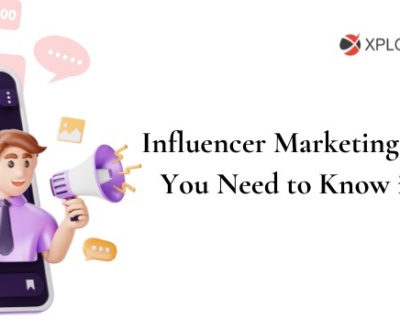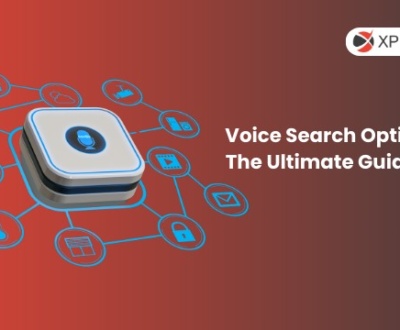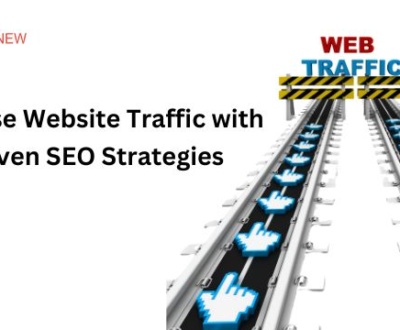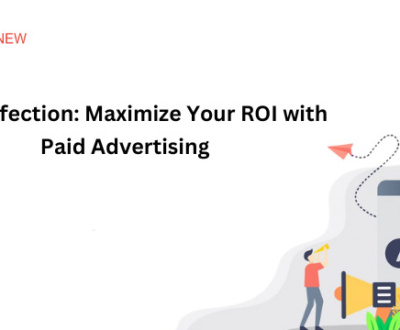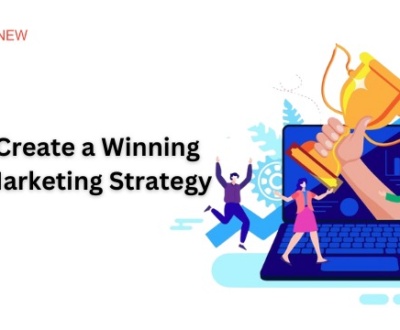Influencer Marketing’s Power: How to Get Started

In the fast-paced world of digital marketing, influencer marketing has emerged as a powerful tool for businesses to connect with their target audience in a genuine and impactful way. By collaborating with influencers who have a strong online presence, brands can leverage their influence to boost brand awareness, increase engagement, and drive conversions. If you’re looking to tap into this growing trend, here’s how to get started with influencer marketing and maximize its potential for your business.
What is Influencer Marketing?
Influencer marketing is a form of marketing that focuses on using key individuals, or influencers, to promote a product or service to a larger audience. These influencers, who typically have a loyal and engaged following on social media platforms, act as trusted voices in their niches, whether it’s fashion, fitness, technology, or any other industry. By partnering with influencers, brands can reach their audience in a more authentic and relatable manner compared to traditional advertising.
Why Influencer Marketing Works
- Authenticity: Unlike ads, influencer content feels more natural. Audiences are more likely to trust a product recommendation from someone they follow and admire rather than from a brand directly.
- High Engagement Rates: Influencers, especially micro-influencers (those with 1,000-100,000 followers), often have high engagement rates. This means that their followers are actively interacting with their content, leading to better results in terms of reach and conversion.
- Cost-Effective: For businesses, especially small and medium-sized enterprises (SMEs), influencer marketing can be more affordable compared to traditional advertising. It allows for a more targeted approach, meaning you can work with influencers who cater specifically to your target audience.
Steps to Get Started with Influencer Marketing
- Define Your Goals Before jumping into influencer marketing, it’s crucial to know what you want to achieve. Are you looking to increase brand awareness, drive sales, or boost social media engagement? Your goals will determine the type of influencers you work with and how you measure success.
- Identify the Right Influencers Once you have clear goals, the next step is identifying the right influencers. Look for influencers who align with your brand’s values and have an audience that matches your target market. You can search for influencers on social media platforms, influencer marketing platforms, or even by using hashtags related to your industry.
- Evaluate Their Metrics Not all influencers are created equal. Before reaching out, check their metrics: follower count, engagement rate, and content quality. An influencer with a smaller but highly engaged audience can sometimes offer better results than one with millions of disengaged followers.
- Reach Out with a Personalized Message When you’ve identified the influencers you want to work with, craft a personalized message to introduce your brand and propose a collaboration. Be clear about your expectations, whether it’s a product review, social media posts, or a brand partnership. Show genuine interest in their work and explain why they’re a great fit for your brand.
- Collaborate on Content While it’s important to give influencers creative freedom, you should also provide guidelines that ensure their content aligns with your brand. Encourage influencers to create content that feels authentic to their audience while integrating your product or service in a subtle and organic way.
- Track and Measure Performance After launching an influencer marketing campaign, measure the results based on the goals you set earlier. Monitor data like conversions, website traffic, reach, and engagement. Tools like Google Analytics and social media insights can help you gauge the success of the campaign.
Best Practices for Successful Influencer Campaigns
- Long-Term Partnerships: Building long-term relationships with influencers can lead to more authentic content and deeper trust between the influencer and their audience.
- Micro-Influencers Matter: Don’t underestimate the power of micro-influencers. Their niche audiences are often more engaged, and their partnerships can feel more genuine.
- FTC Guidelines: Ensure that influencers comply with FTC guidelines by clearly disclosing their partnerships with your brand. This maintains transparency and trust with their audience.
Final Thoughts
Influencer marketing is an incredibly powerful tool that, when done right, can help your brand connect with audiences in ways that traditional advertising can’t. By selecting the right influencers, setting clear goals, and tracking your performance, you can create successful campaigns that drive real results for your business. So, if you’re ready to elevate your brand’s digital presence, now is the perfect time to harness the power of influencer marketing.
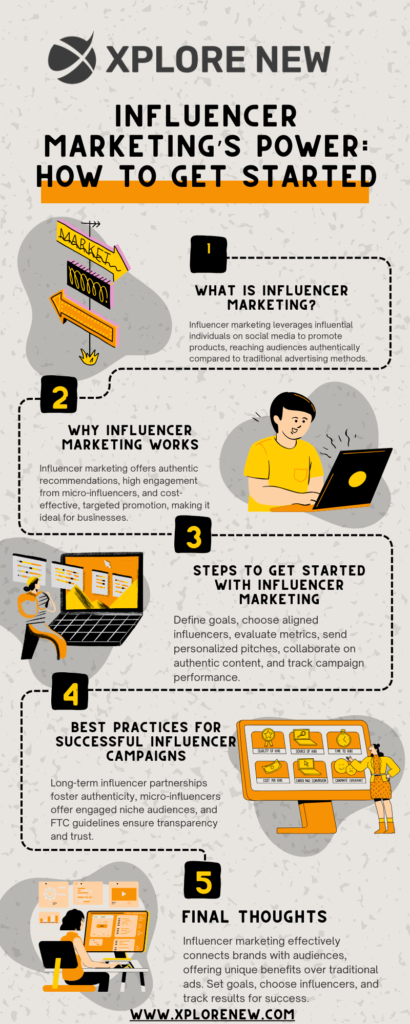
About us and this blog
We are a digital marketing company with a focus on helping our customers achieve great results across several key areas.
Request a free quote
We offer professional SEO services that help websites increase their organic search score drastically in order to compete for the highest rankings even when it comes to highly competitive keywords.
Subscribe to our newsletter!
More from our blog
See all postsRecent Posts
- Influencer Marketing Trends to Know in 2025 January 9, 2025
- Voice Search Optimization: The Ultimate Guide for 2025 January 8, 2025
- Sustainable Marketing Strategies: How to Go Green and Grow Your Brand January 7, 2025


